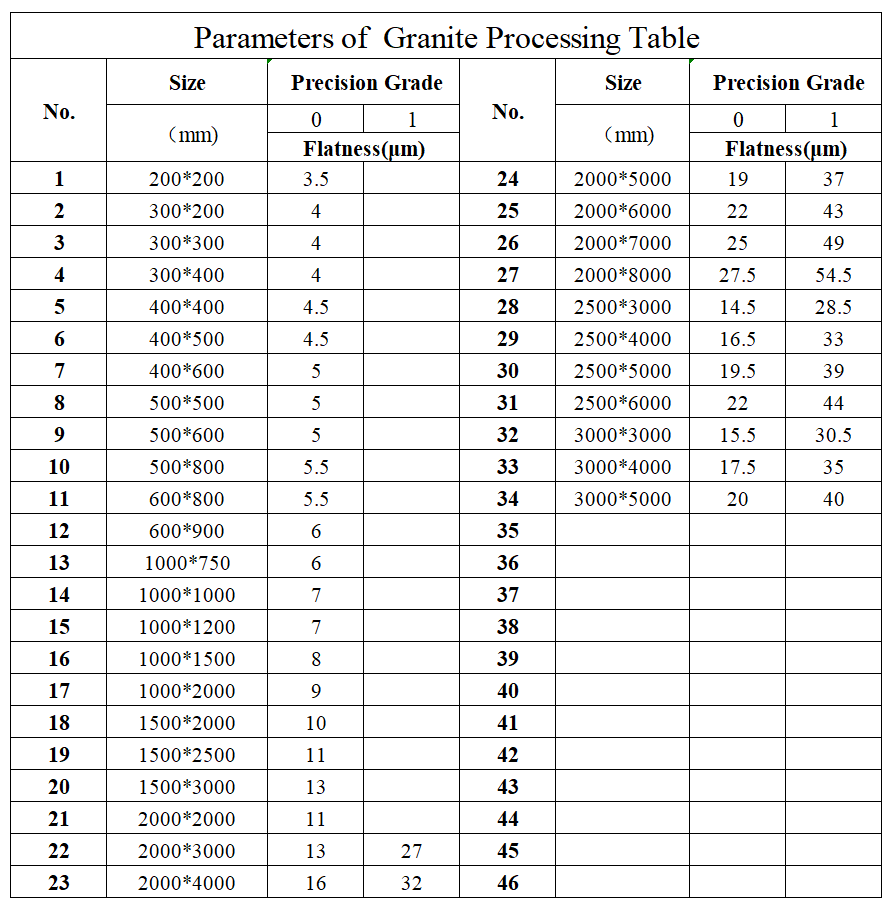Там . 28, 2024 06:40 Back to list
High-Quality Tilting Check Valves for Reliable Flow Control
Understanding Tilting Check Valves Function and Applications
Tilting check valves are crucial components in various fluid control systems, ensuring that liquid flows in one direction while preventing backflow. This capability is vital in many engineering applications, especially in plumbing, water treatment, and industrial processes. In this article, we’ll delve into the function, design, and application of tilting check valves, highlighting their significance in modern engineering.
What is a Tilting Check Valve?
A tilting check valve is a type of check valve that operates by utilizing a disk or a cone that tilts to allow flow in one direction while sealing the flow when reversed. This tilting mechanism is particularly effective for larger applications where fluids may have varying pressures. The valve consists of a body, a tilting element, and a seat, which work together to ensure proper flow and prevent backtracking.
One of the distinguishing features of tilting check valves is their ability to handle significant flow rates without being prone to water hammer, a pressure surge that occurs when fluid in motion is forced to stop or change direction suddenly. This makes them suitable for high-flow applications where pressure fluctuations might be an issue.
Operation Mechanism
The operation of a tilting check valve is straightforward yet effective. When fluid flows in the allowed direction, it pushes the tilting element away from the seat, allowing the flow to pass through. Conversely, when there is a drop in the upstream pressure or when reverse flow occurs, the tilting element moves back to the seat and closes, sealing the valve. This prevents any backflow and protects the system from potential damage or contamination.
Additionally, the tilting mechanism is typically designed to minimize resistance to flow. As the element tilts, it creates a gradual transition that reduces turbulence, thereby optimizing flow efficiency. This design feature is one of the significant advantages of using tilting check valves over other types.
tilting check valve

Applications of Tilting Check Valves
Tilting check valves find applications in various sectors, including
1. Water and Wastewater Management Utilized in treatment plants, these valves prevent backflow that could lead to contamination of clean water supplies. 2. Pumping Systems In industrial pumping systems, tilting check valves prevent backflow, ensuring pumps operate efficiently and without damage.
3. Irrigation Systems In agricultural applications, these valves help maintain proper flow direction in irrigation systems, safeguarding against reverse flow that could damage crops.
4. Fire Protection Systems They are integral to maintaining pressure in firefighting systems, ensuring that water flows only in the required direction when necessary.
Conclusion
In summary, tilting check valves are essential components in various fluid systems, offering reliable control over flow direction and preventing backflow. Their design promotes efficient fluid movement while minimizing risks associated with pressure fluctuations. With applications spanning water treatment, industrial processes, and agricultural systems, their role in modern engineering cannot be overstated. Understanding their operation and applications helps engineers and technicians optimize system designs, ensuring safety and efficiency in fluid management.
Whether you are involved in designing a new system or maintaining an existing one, seeking the right check valve type, such as the tilting check valve, is crucial for achieving optimal performance and longevity.
-
Thread Micrometer Set FeaturesNewsJul.04,2025
-
Right Angle Ruler Tool for WoodworkingNewsJul.04,2025
-
Precision Frame Level Calibration StepsNewsJul.04,2025
-
Magnetic Vee Block MaterialsNewsJul.04,2025
-
Heavy Duty Ground Anchors in MiningNewsJul.04,2025
-
Features of Welding Table Cast IronNewsJul.04,2025
Related PRODUCTS









